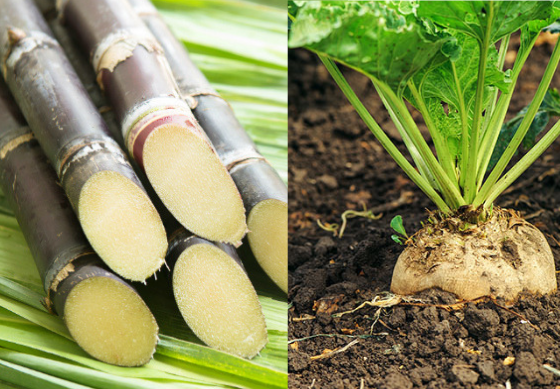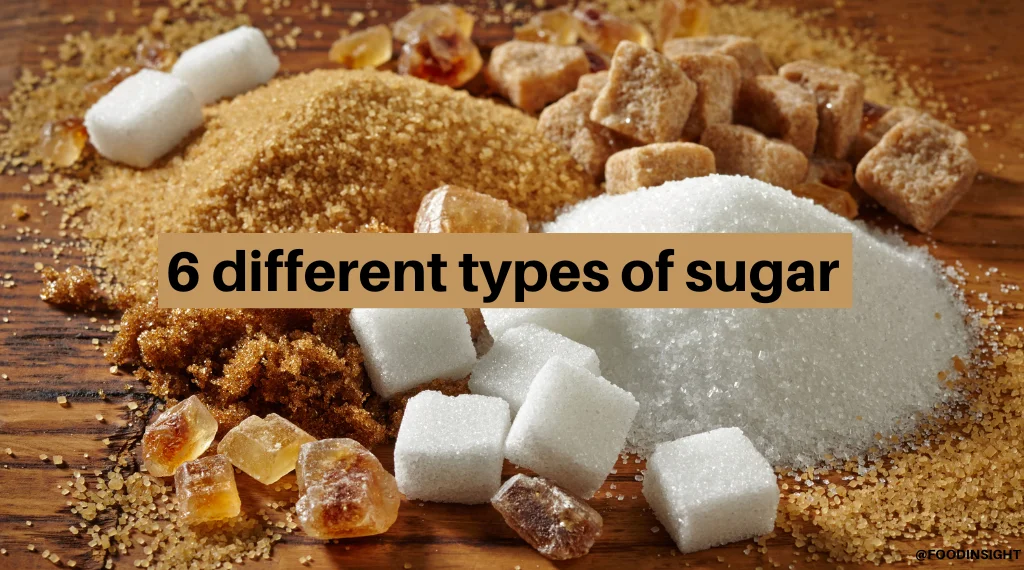Manufacturers consider beet sugar vs cane sugar when choosing sweeteners for different food products.
Exploring the Differences being used and Advantages Between Beet Sugar Vs Cane Sugar
In the cooking globe, the choice between beet sugar and cane sugar is not just about sweet taste but involves a nuanced consideration of flavor, application, and effect. While both sugars stem from different plants, each undertakes one-of-a-kind manufacturing procedures that discreetly affect their attributes and suitability for various meals.
Origins and Production Procedures of Beet and Cane Sugar

Walking cane sugar, on the various other hand, comes from the sugarcane plant, an exotic lawn native to Southeast Asia however currently cultivated in tropical areas worldwide - beet sugar vs cane sugar. The production of cane sugar starts with the harvesting of cane stalks, which are squashed to release the juice.

Nutritional Content and Wellness Considerations

When contrasting the dietary content of beet sugar and cane sugar, it ends up being obvious that both kinds basically offer the same calorie values, with about 16 calories per tsp and no significant nutrient diversity. Both sugars, when eaten in excess, can add to elevated blood sugar degrees, a danger factor for diabetic issues and other metabolic conditions. From a health perspective, regulating intake of any type of type of sugar, whether from beet or cane, is a good idea to stay clear of these possible unfavorable impacts on wellness.
Flavor Profiles and Culinary Applications
Despite their comparable chemical structures, beet sugar and cane sugar vary subtly in flavor, which can influence their use in numerous cooking contexts. Walking stick sugar often lugs a tip of molasses, even in its refined form, offering a cozy, caramel-like undertone that improves baked goods, coffee, and chocolate-based dishes. This mild molasses flavor is specifically valued in the cooking sector for including deepness to sugary foods and breads. On the various other hand, beet sugar is defined by its extremely fine-tuned, neutral preference, making it a functional sugar that does not modify the flavor accounts of meals. This neutrality is especially valuable in fragile dishes, such as web light pastries, creams, and some sauces, where the integral tastes of other active ingredients are intended to stand out. Chefs and food producers might choose one kind of sugar over the other based on the wanted flavor end result of their culinary developments.
Environmental Effect and Sustainability
While both beet and cane sugars are obtained from plants, their ecological influences differ significantly due to the distinct methods of farming and handling needed for each. Sugar beet cultivation commonly entails considerable mechanization, which can enhance fossil gas consumption and carbon emissions.
Additionally, the handling of sugarcane typically produces a substantial amount of waste, consisting of bagasse, which, although useful as biofuel, often click site adds to air contamination if burned inefficiently. Sugar beet processing uses more of the raw products, resulting in less waste. Both sectors encounter difficulties in decreasing their environmental impacts, yet recurring developments in farming techniques and waste administration are intending to boost sustainability.
Economic Factors Affecting the Sugar Industry
The economic characteristics of the sugar sector are significantly influenced by worldwide market needs and profession policies. Elements such as tariffs, subsidies, and worldwide trade arrangements play critical duties in shaping the competitive landscape. As an example, in regions where sugarcane or sugar beet production is subsidized, producers may have an economic advantage that enables them to supply reduced rates on the worldwide market. This can develop disparities in earnings and market accessibility for manufacturers in nations without such subsidies.
Furthermore, changes in international need for sugar, affected by dietary trends and commercial usage in foodstuff, straight influence prices and production degrees. beet sugar vs cane sugar. Weather problems additionally play a crucial function, as they can substantially impact plant returns and, consequently, the supply chain. This irregularity introduces a Read Full Article level of financial unpredictability that can lead to financial investment volatility in sugar manufacturing fields, affecting choices from planting to market method
Verdict
To conclude, both beet and cane sugar have distinct top qualities that match various cooking demands. While cane sugar imparts a rich taste suitable for enhancing baked items, beet sugar's nonpartisanship is excellent for lighter meals. Nutritional similarities regardless of, their distinct manufacturing processes and environmental effects include complexity to the selection between them. Therefore, recognizing these distinctions aids cooks and consumers make educated choices that align with their health and wellness, culinary, and ethical choices.